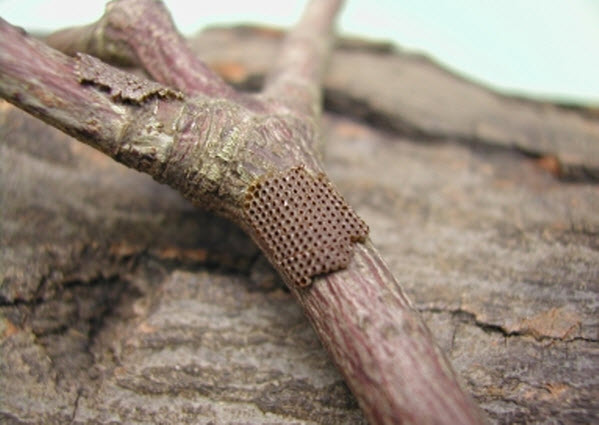The fall cankerworm, Alsophila pometaria, is a native defoliating insect found throughout much of North America. The caterpillar stage of these insects is often referred to as inchworms or loopers. Fall cankerworms feed on a wide variety of trees but tend to prefer maples, hickories, ashes, and oaks, all of which are found in abundance throughout Fairfax County. Fall cankerworm caterpillars emerge in early spring and feed on leaves for about a month. Once the caterpillars mature, they drop off the trees and enter the soil to emerge as adults in the fall. You can look for the wingless females and their egg masses on the trunks of trees in January and February.
Severe infestations of cankerworms can cause widespread defoliation, tree stress and possible tree death. Major infestations and defoliation have occurred in Fairfax County.
For further information, or if you find signs of this insect on your property, contact the Fairfax County Forest Health Branch at 703-324-1770, TTY 711, or by email






